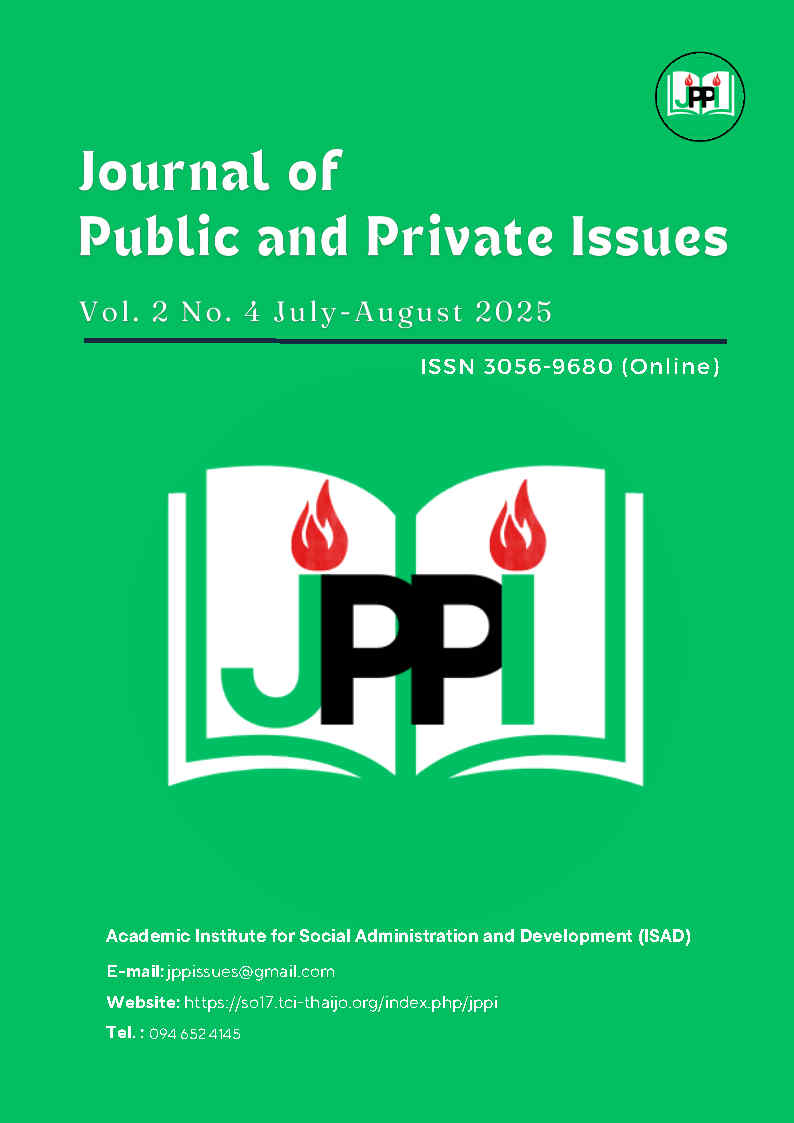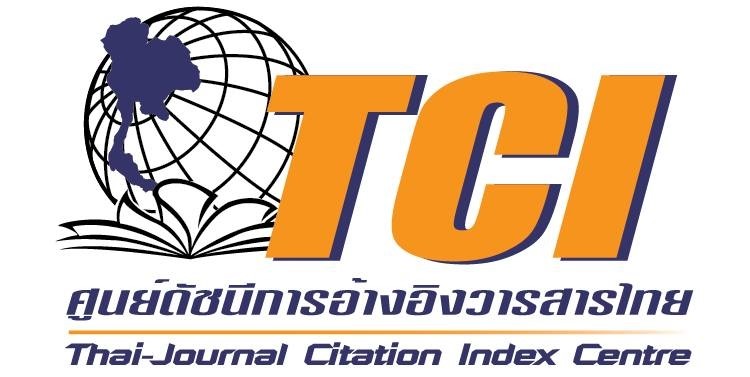Retention of Y generation personnel in government organizations
คำสำคัญ:
employee, retention, Generation Y, public organizationบทคัดย่อ
Currently, the Thai labor market faces challenges in managing a workforce of diverse generations, particularly Y Generation, a key force in both public and private sector organizations. This group of employees has unique characteristics that differ from previous generations, including their emphasis on the meaning of work, work-life balance, career advancement, and flexible work environments. However, the turnover rate among this group of employees remains a challenge for human resource management. This article aims to explain approaches to retaining Y Generation personnel by focusing on the analysis of key factors affecting work commitment and motivation, including organizational commitment, perceived organizational support, quality of work life, and human resource management practices. An integrated approach is proposed in the form of the CSQH Model, which covers the enhancement of value, sustainability, and job satisfaction of modern personnel. This approach can be applied to develop and strengthen human resource policies in Thai organizations, particularly in creating work systems that emphasize transparency, flexibility, and recognition of the potential of Y Generation personnel, which will help reduce turnover rates and build long-term organizational commitment.
เอกสารอ้างอิง
Phongsakon Srirongthong and Jindalak Wattanasin. (2019). Retention of Generation Y personnel in public and private organizations, 19-31. https :// so03. Tci-thaijo.org/index. php/papojournal/article/view/174784
Phawana Wechakit. (2007). Human resource management. Bangkok: Thammasat University Press.
Saowakon Sirikittakorn. (2011). Generation Y and the future in the Thai labor market . Journal of Social Development, 13 ( 2 ), 45-56.
Chamchan, C., & Kittisuksathit, S. (2019). Generation Y employees in Thai workplaces: What make them stay or leave. Asia Pacific Social Science Review, 19 (1), 49-65.
Lancaster, L. C., & Stillman, D. (2002). When generations collide: Who they are, why they clash, how to solve the generational puzzle at work. New York, NY: Harper Business.
Mathis, R. L., & Jackson, J. H. (2010). Human resource management (13th ed.). South - Western Cengage Learning.
Oliver, B. (2006). Strategic talent management: Contemporary issues in international context. New York, NY: Palgrave Macmillan.
Na Pathalung, R., & Weerakit, N. (2018). Generation Y ' s work values, work life balance and employee commitment: A case study of hotel employees in Phuket.Journal of International Studies, Prince of Songkla University, 8(1), 57-80.
Tadadej, C. (2023). Job satisfaction and work life balance affecting retention of Generation Y support staff: A case study of the Faculty of Dentistry of a university in Thailand during COVID 19 pandemic. Procedia of Multidisciplinary Research, 1(4), 22.
Surattichaikun, T., & Sapsanguanboon, W. (2023). Organization management to retain Gen Y's employees under multicultural in Thai-Japanese joint venture company. Journal for Strategy and Enterprise Competitiveness, 2 (4), 1-13.
ดาวน์โหลด
เผยแพร่แล้ว
รูปแบบการอ้างอิง
ฉบับ
ประเภทบทความ
สัญญาอนุญาต
ลิขสิทธิ์ (c) 2025 Journal of Public and Private Issues

อนุญาตภายใต้เงื่อนไข Creative Commons Attribution-NonCommercial-ShareAlike 4.0 International License.


 ผศ.ดร.ละมัย ร่มเย็น
ผศ.ดร.ละมัย ร่มเย็น






